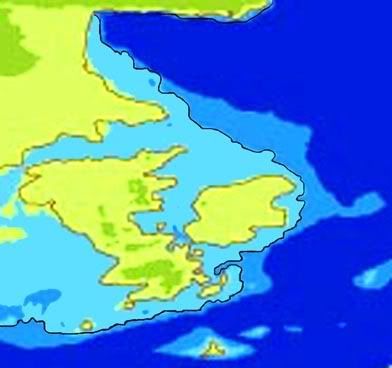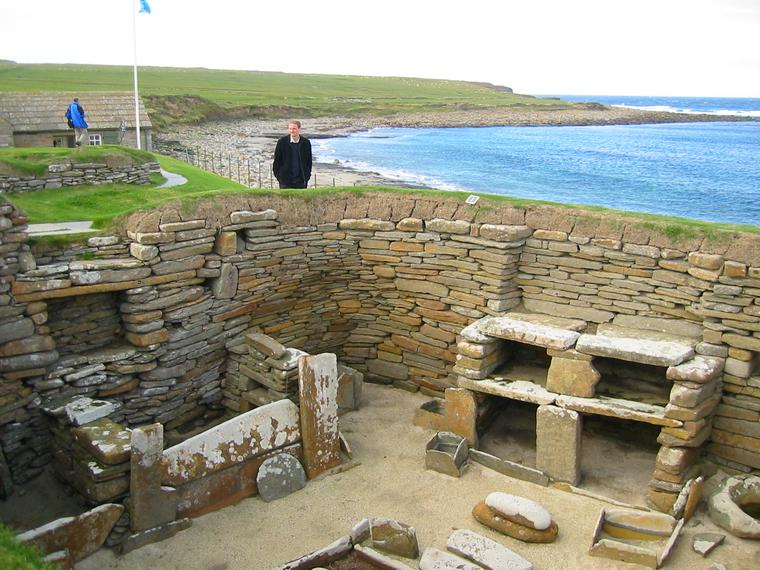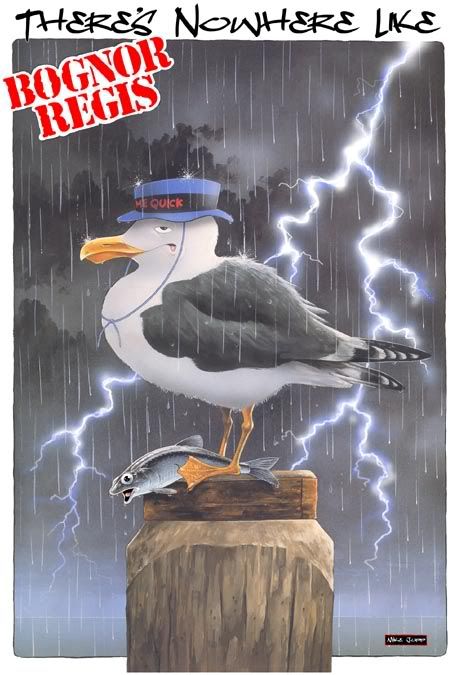what do you mean its not on the coast

Skara Brae shows occupation from around 4000- 3500bce
the sea level rise that you are talking about was around 9000BP
so the sea level were established and then three and a half thousand years later someone made a boat trip
remember
timelines guys timelines

Skara Brae like a number of equally important but less well known settlements were all settled from Scandanavia around 4000- 3500bce
there were already people living in the British Isles at that point
http://www.orkneydigs.org.uk/dhl/papers/index.html
the real proof of this comes from examinations of Tomb design
the only earlier examples of the type of tombs that mark the oldest burials in the orkneys are found in scandanavia
Rock tombs of the same design normally were used for royalty
however this doesnt mean that the orcadian tombs were all people of royal birth
because in scandanavia the other type of tombs used for the less important were made from wood
and theres bugger all forests on those islands

they were all people typified by the Trichterbecher culture (and yes that is just me trying to be clever) known in english as the Funnel Beaker culture
http://en.wikipedia.org/wiki/Funnelbeaker_culture
this page mentions the types of tombs they built
The oldest graves consisted of wooden chambered cairns inside long barrows, but later in the form of passage graves and dolmens.
pretty conclusive if you have a look at what type of tombs are found in orkney
http://www.orkneyjar.com/history/tombs/styles.htm




